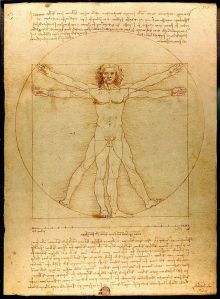
Leonardo da Vinci is the personification of the European Renaissance. Not only was he probably the greatest painter who ever lived, but he was also a talented sculptor, architect, musician, mathematician, engineer, inventor, anatomist, geologist, and writer.
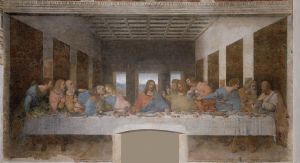
He was the epitome of the Renaissance man; his concerns ranged over all times and all space and he had a vision of humanity reawakening to its fullest possibilities.
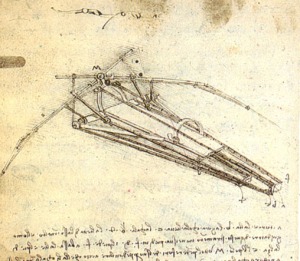
He is challenged as a star of the Renaissance only by giants such as Michelangelo, an Italian sculptor, painter, architect, poet, and engineer.
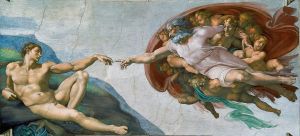
The Renaissance was a cultural and literary movement that started in Italy in the late fourteenth century. People looked back to the ancient classics and had wonderful, new ideas about art, architecture, science, mathematics, and education in general. They took their ideas from many sources and were concerned with the true fulfillment of human potential.
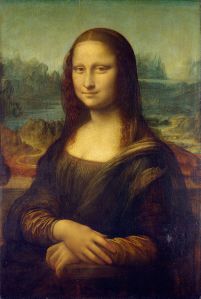
However, England was very slow to experience this rebirth and the Renaissance in England is said to have begun in the late fifteenth century, a hundred years after Italy! In fact, ideas were very slow to penetrate, and the English Renaissance only truly began in the second half of the sixteenth century!
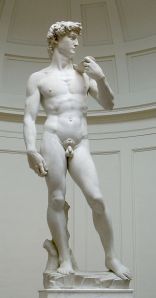
Despite being at least one hundred years behind (actually one hundred and fifty years behind), English literature was relatively strong; Caxton’s printing press made the work of English writers like Chaucer widely available.
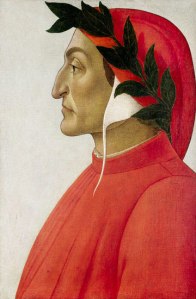
Also, the Protestant revolution (the Reformation) begun by Henry VIII meant that the Tyndale Bible was being read by ordinary people. There was a strong feeling that people should read for themselves and make up their own minds. This idea was to run powerfully through English history for a long, long time.
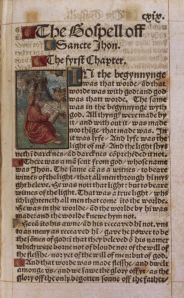
For many English Protestants, words were sacred but pictures were dangerous. The Reformation in England resulted in huge numbers of paintings and other images being destroyed! The skill of painting almost died out in England altogether at this time!
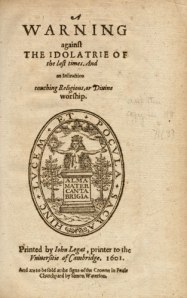
Edward VI ordered that all images be removed from churches in 1548, and images (including beautiful stained glass windows) continued to be destroyed by English Protestants for another one hundred and forty years! So, clearly, we do not expect English painters to play a big part in the Renaissance. And, in fact, they did not.
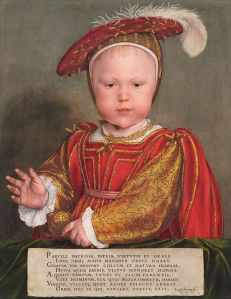
So when the Renaissance finally reached England, the country was at least one hundred years behind and could offer very little to the visual arts. Indeed, the country was becoming increasingly backward with regard to the visual arts. However, the artistic contribution of the English language during the English Renaissance was to be a giant leap forward.
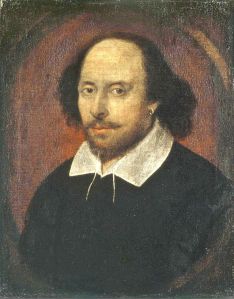
The global superpower in Shakespeare’s time was Spain; the Spanish language (with Portuguese, Arabic, and Hindi) had a head start as a global language: Spanish had already spread in central America. However, the English Renaissance was to set the stage for the English language to go on to eventually become the global language. It was a culture obsessed with the power of words, undistracted by pictures. That is the story we are going to tell here.